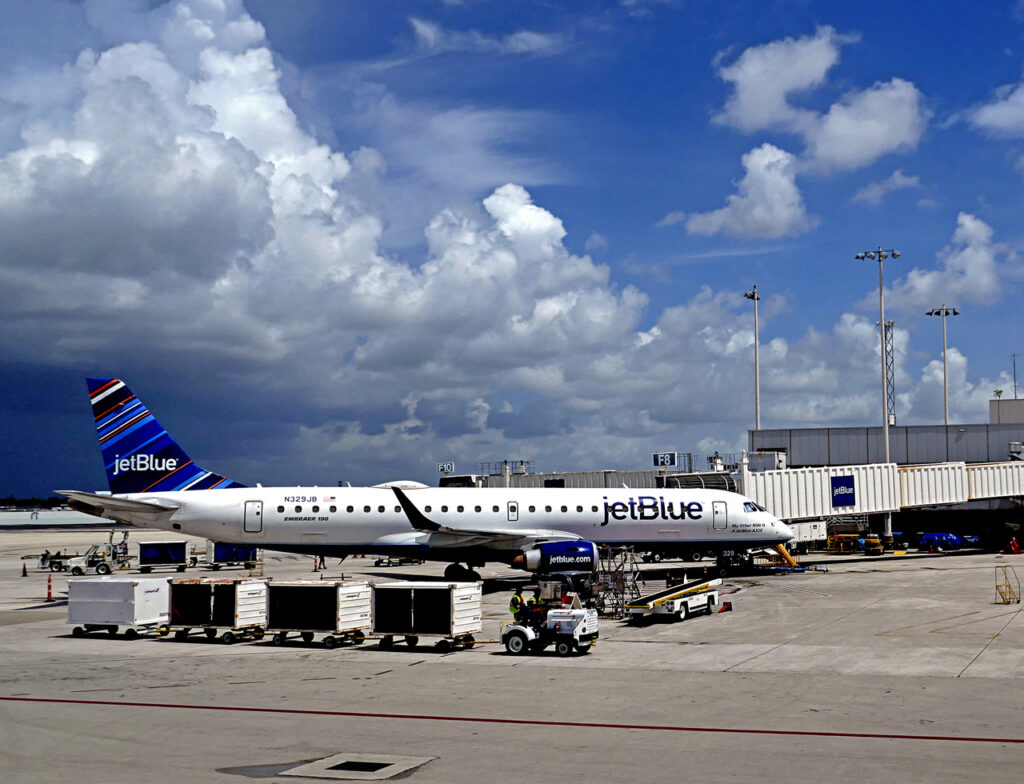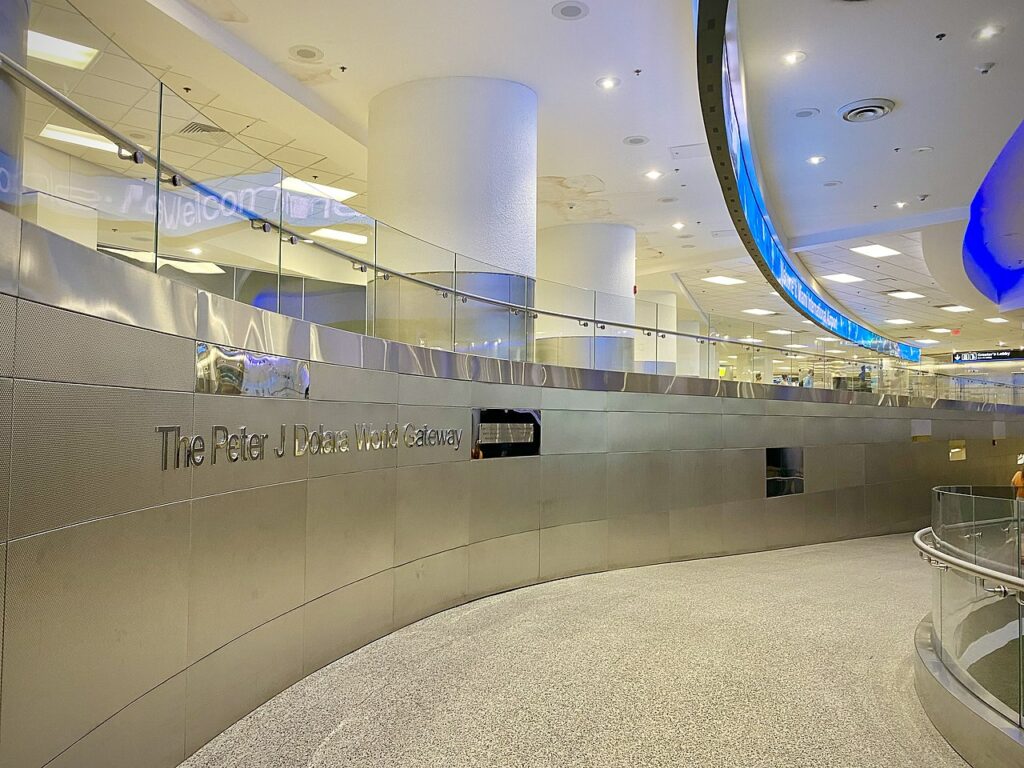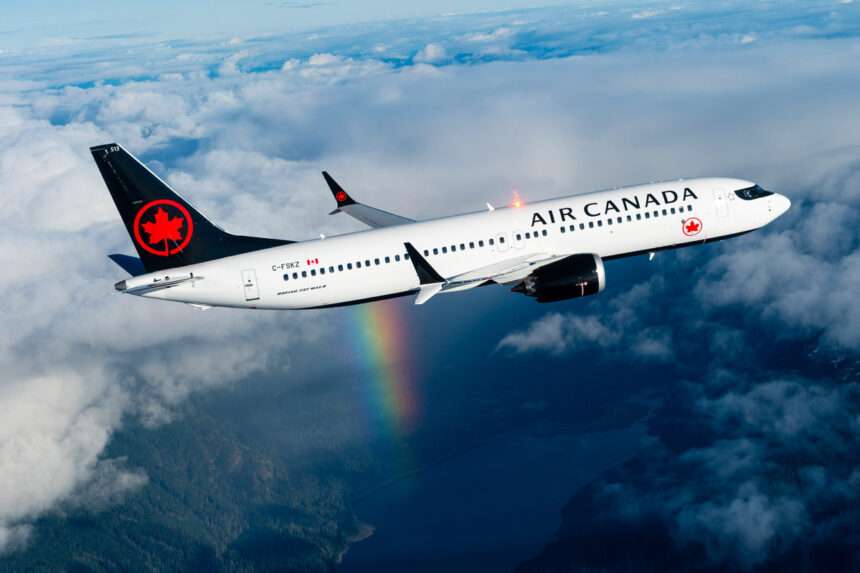Florida, the Sunshine State, isn’t just a haven for sunseekers and beach bums. It’s also a critical player in the world of commercial aviation. Our first US Aviation article takes a look at the history of aviation in Florida.
More than that, the state has a storied history not only in national aviation but globally as well.
Did you know that the world’s first airline originated in St. Petersburg, Florida? The world’s first regularly scheduled heavier-than-air airline took off from the Municipal Pier in St. Petersburg on New Year’s Day 1914.
Florida’s sunny skies and geographical location as a peninsula have made it a natural hub for aviation innovation and commercial airlines.
The Sunshine State boasts a rich history in air travel, from pioneering the world’s first scheduled airline service to becoming a launchpad for international connections to the Caribbean and beyond.
Early Days: A Pioneering Spirit
Believe it or not, Florida wasn’t just an early adopter of commercial aviation; it was the birthplace.
In 1914, Tampa and St. Petersburg, separated by water but lacking a bridge, witnessed the launch of the St. Petersburg-Tampa Airboat Line.
The Benoist brothers took flight from St. Petersburg FL, carrying the world’s first paying passenger on a scheduled commercial airline service.
Piloted by Tony Jannus, this innovative service used a Benoist flying boat, making the 22-minute journey between the cities for a mere $5.
Though short-lived, this pioneering venture marked a giant leap for scheduled commercial air travel.
The Roaring Twenties and the Rise of Air Mail
Fast forward to the 1920s, and Florida continued to push the boundaries of aviation. Eddie Rickenbacker, a decorated World War I fighter ace, established Florida Airways in 1926.
These single-engine planes, each carrying eight passengers, offered a faster alternative to trains, with fares calculated based on saved travel time.
This focus on speed and convenience helped solidify air travel as a viable option for Floridians.
The decade also saw the rise of airmail. Pitcairn Aviation, a pioneer in the field, established a route between Atlanta and Miami in 1926.
This service not only delivered mail but also paved the way for future passenger flights.

Pan Am Takes Off: Miami as a Gateway
The year 1927 witnessed another pivotal moment in Florida’s aviation history. Pan American World Airways, established with a flight from Key West to Havana, Cuba, began operations.
Miami, strategically located at the southern tip of the state, became a critical hub for Pan Am’s expansive network, connecting the United States to Central and South America.
This not only opened new trade routes but also fueled tourism to Florida, positioning it as a desirable vacation destination.

The Golden Age and Beyond
The post-war era saw a boom in commercial aviation nationwide, and Florida was no exception. Eastern Air Lines, National Airlines, and Mackey Airlines emerged as dominant players, offering domestic and international flights.

The state’s growing population and thriving tourism industry created a strong demand for air travel. This ultimately led to the establishment of numerous airports across Florida.
However, the latter half of the 20th century witnessed consolidation within the industry. Mergers and acquisitions saw Eastern Air Lines and National Airlines disappear, with American Airlines emerging as a major player in Florida.

Carriers and Airports
The late 20th and early 21st centuries saw the rise of low-cost carriers. Budget-conscious travelers are well-served by low-cost carriers like Spirit Airlines, Frontier Airlines, and JetBlue, which offer competitive fares on popular routes, particularly within the United States.
The Sunshine State is home to a diverse range of airlines, each catering to different needs. Major legacy carriers like American Airlines, United Airlines, and Delta Air Lines have a strong presence, offering connections to major domestic and international destinations.

This has made air travel more accessible to a wider range of travelers, further contributing to Florida’s tourism industry.
Additionally, Florida is a hub for several regional airlines, providing vital connections to smaller cities and towns within the state.

These regional carriers, like Silver Airways and Sun Country Airlines, play a crucial role in ensuring smaller communities have access to air travel.
Aviation in Florida is supported by an impressive network of airports, catering to both domestic and international travel. With 130 public-use airports and 20 commercial airports, the state offers seamless connectivity for passengers and cargo.

Major hubs like Miami International Airport (MIA), Orlando International Airport (MCO), and Fort Lauderdale-Hollywood International Airport (FLL) handle millions of passengers annually.
MIA, for example, is a major international gateway, connecting Florida to destinations across Latin America, the Caribbean, Europe, and Asia.
Orlando International, on the other hand, caters heavily to the tourism industry, serving as a convenient entry point for visitors to Florida’s world-famous theme parks and attractions.

From a Legacy of Innovation
Florida’s rich history in aviation continues to shape the state’s present and future. Today the state remains the key hub of aviation in the Americas.
From pioneering scheduled air travel to fostering international connections, aviation in Florida has consistently played a vital role in the evolution of commercial aviation.
As technology advances and travel demands fluctuate, Florida’s aviation industry is poised to adapt and innovate.
From its early days as a US aviation pioneer state, Florida is now set to see the growth of a new sector – air taxis and urban air mobility. The Sunshine State is likely to remain a leader in keeping Americans connecting across coming years.

Click the banner to subscribe to our weekly newsleter.

Click the photo to join our WhatsApp channel so then you can stay up to date with everything going on in the aviation industry!







